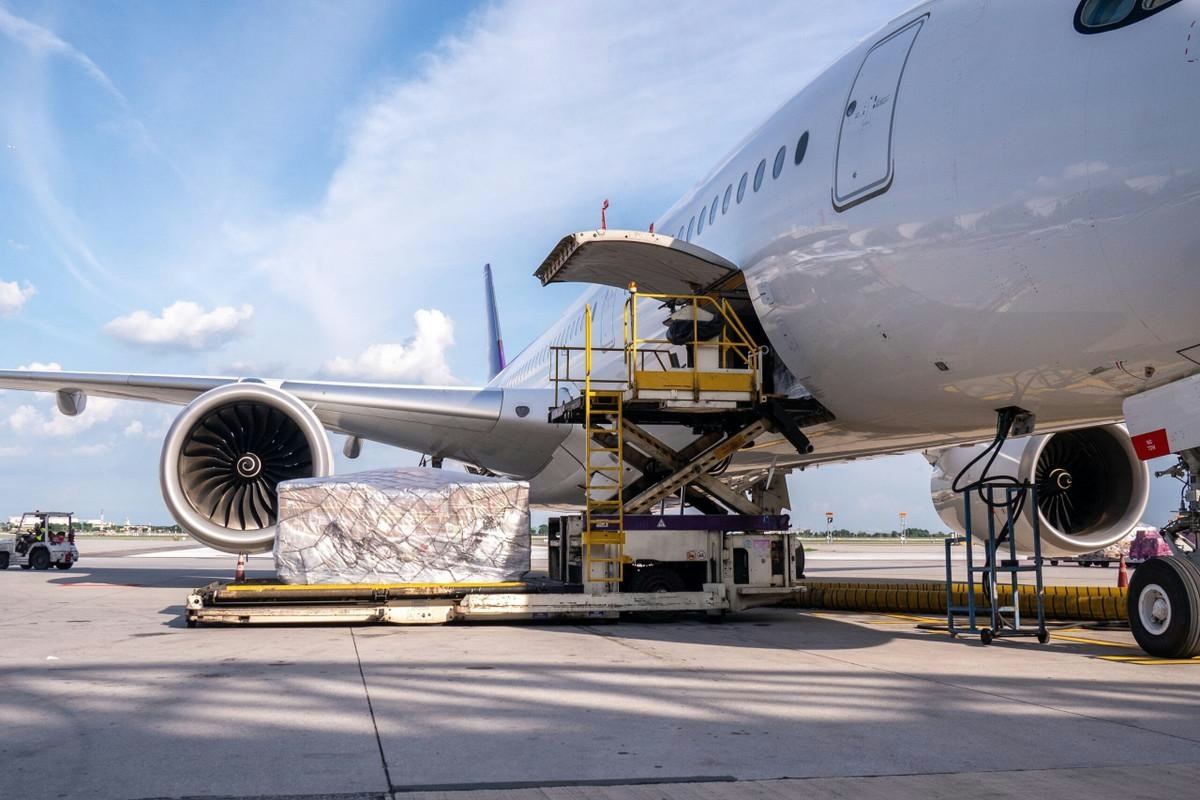
AeroGenie: il tuo copilota intelligente.
Tendenze
Categories
Agentic AI with Human Oversight Could Enhance Airport Security, Says Sky One Chairman Jaideep Mirchandani
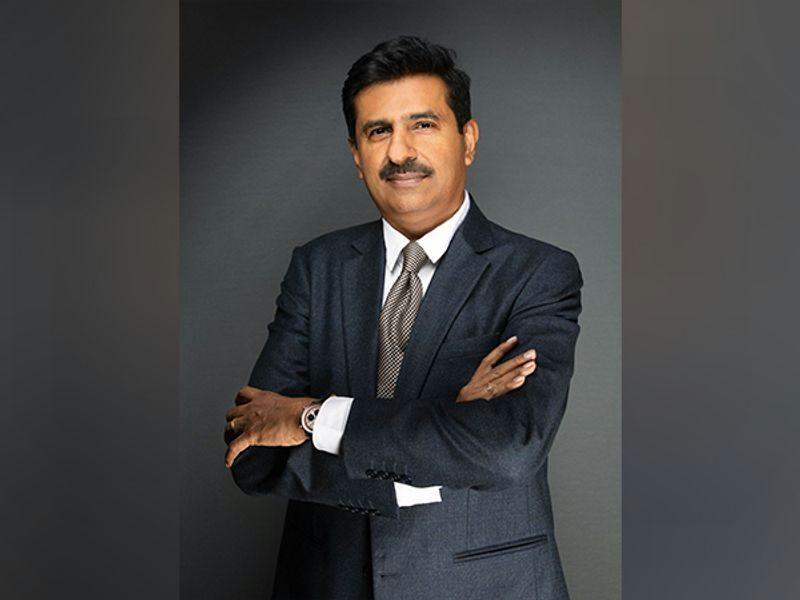
Agentic AI with Human Oversight Could Enhance Airport Security, Says Sky One Chairman Jaideep Mirchandani
Advancements in AI Transforming Airport Operations
The aviation sector is undergoing a profound transformation as airports around the world increasingly integrate advanced Artificial Intelligence (AI) systems to enhance both efficiency and security. A notable example is Delhi International Airport’s recent launch of the Unified Total Airside Management (UTAM) system, an AI-enabled platform that consolidates airlines, ground handlers, and airport authorities into a unified operational framework. This innovation facilitates precise monitoring of aircraft movements, ground service equipment, and vehicle activities, representing a significant advancement in operational safety.
The industry is now progressing towards the adoption of agentic AI—intelligent systems capable not only of analyzing data and providing recommendations but also of executing decisions and monitoring outcomes in real time. Airports such as Singapore’s Changi are pioneering this approach, employing agentic AI to improve operational efficiency, elevate the passenger experience, and reduce dependence on manual processes.
In India, Hyderabad’s Rajiv Gandhi International Airport has introduced the country’s first AI-powered airport digital twin. This technology incorporates intelligent crowd management, flow and queue analytics, real-time operational insights, and optimized backend functions such as smart traffic monitoring, underscoring the growing role of AI in airport management.
The Role and Potential of Agentic AI in Security
Jaideep Mirchandani, Group Chairman of Sky One, highlighted the transformative potential of agentic AI in the aviation sector. He noted that early adopters of such technology stand to gain a competitive advantage by enhancing customer experience and operational efficiency. According to Mirchandani, these AI agents are designed to adapt dynamically to changing scenarios, respond to passenger feedback, and adjust to market fluctuations, thereby optimizing revenue while improving the overall passenger journey.
Agentic AI systems are capable of monitoring live feeds from terminals, baggage scanners, and access points to detect unusual patterns and anomalies before they escalate into incidents. Mirchandani explained that these systems can interpret human behaviors—such as excessive nervousness or erratic movements—adding an additional layer of intelligence that traditional security measures might overlook. Furthermore, AI agents can predict passenger flows, manage queue congestion, and dynamically allocate security personnel to ensure smoother operations. AI vision agents also play a critical role in monitoring CCTV feeds, identifying potential threats, alerting security teams, and supporting predictive maintenance of aircraft to enhance safety.
Challenges and the Necessity of Human Oversight
Despite the promising capabilities of agentic AI, integrating these systems with existing security infrastructure presents significant challenges. Ensuring robust cybersecurity measures is essential to protect AI agents from potential cyberattacks. Mirchandani emphasized the indispensable role of human oversight, stating that even with full automation, human judgment remains crucial, particularly in critical decision-making processes. He underscored that AI agents and human personnel will coexist in a complementary relationship, where AI assists in various operational aspects but final decisions often require human intervention.
The increasing adoption of agentic AI is driving substantial investment in AI-driven security technologies. Leading technology companies such as Google DeepMind, Microsoft, and Amazon AWS are at the forefront of this market, which is expected to expand considerably in the coming years. Concurrently, competitors are developing proprietary AI solutions to bolster their security capabilities.
As airports continue to evolve, maintaining a balance between advanced AI systems and human oversight will be vital to achieving operational excellence while safeguarding passenger safety.
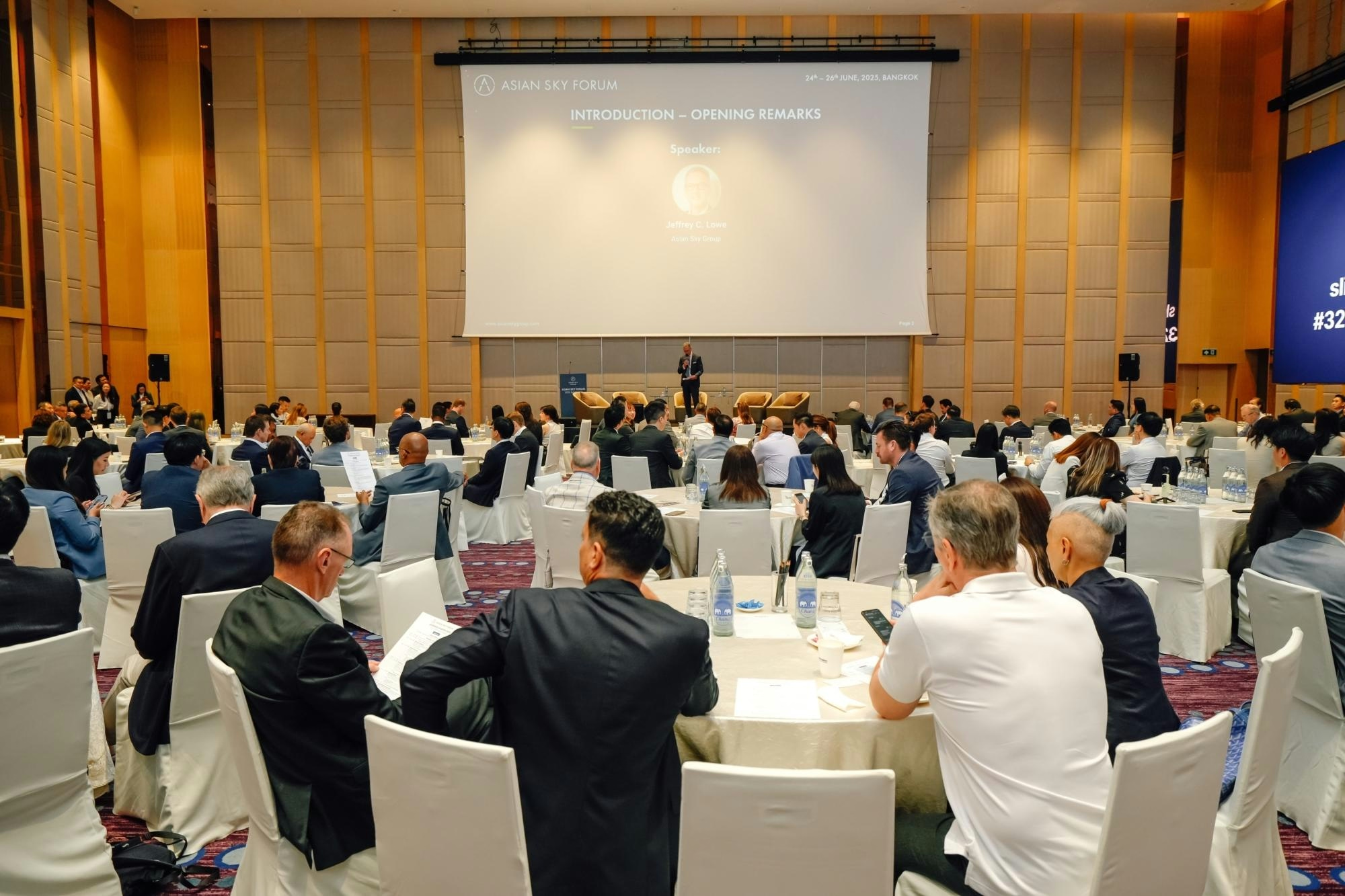
FACTS Summit 2025 in Sydney Highlights Innovation and Sustainability in Asia-Pacific Corporate Travel and Aviation
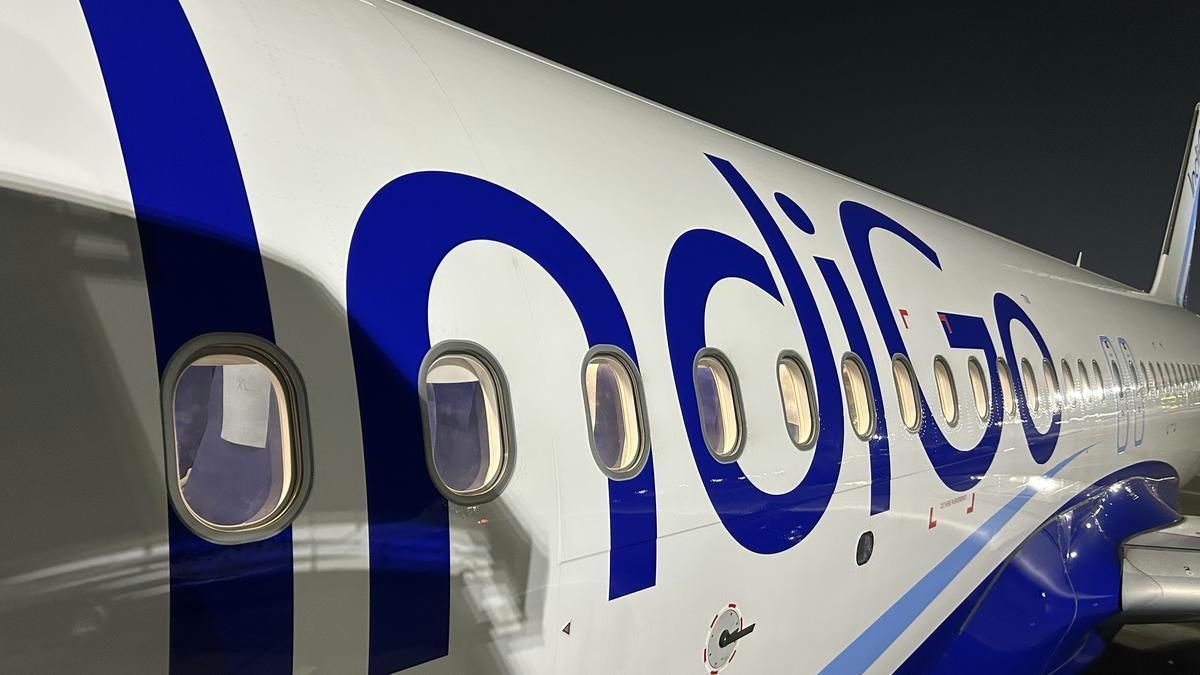
IndiGo to Deploy Wide-Body Aircraft on Vijayawada-Hyderabad Route, Says MP
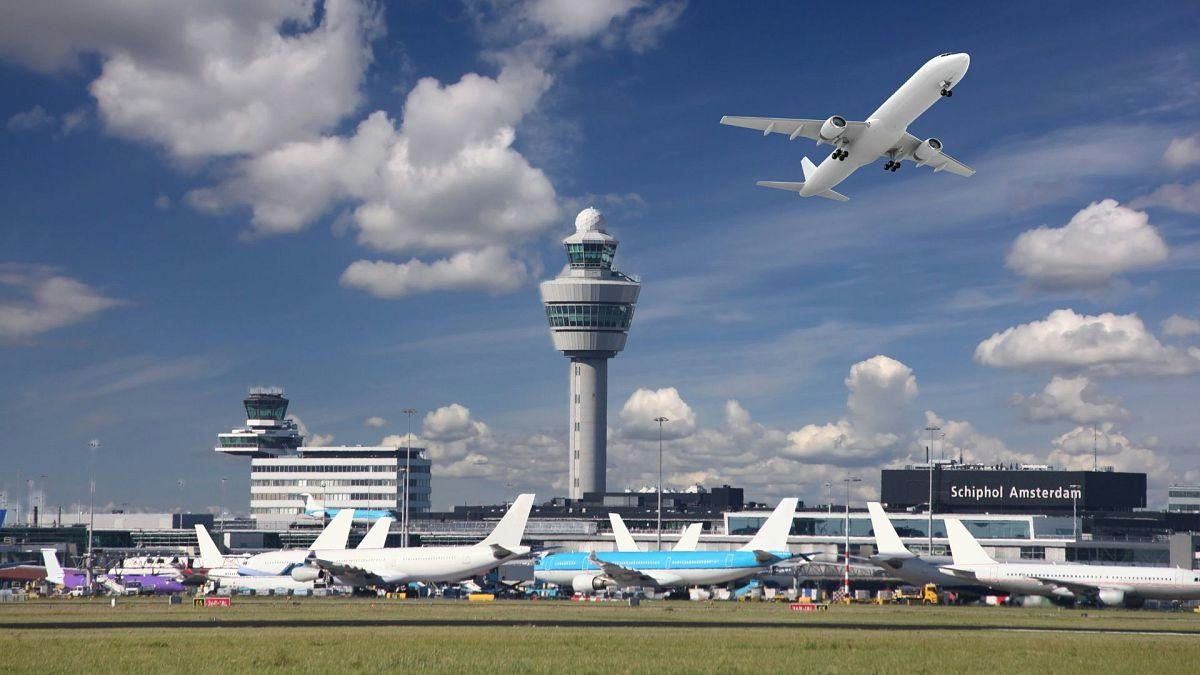
Europe Unveils New Aviation Strategy to Promote Cleaner, Faster Flights
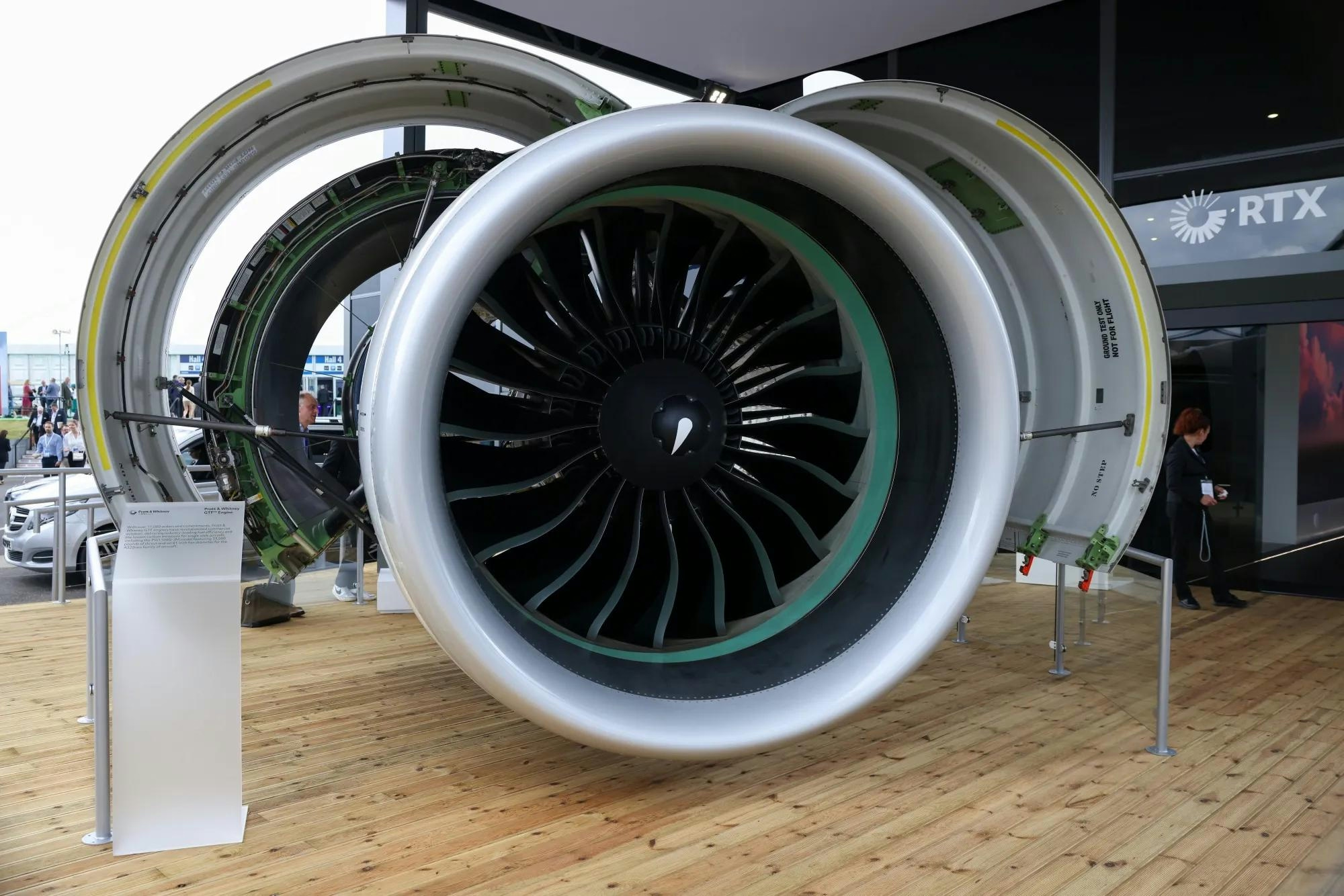
Spirit Signs Agreement with Pratt & Whitney Units on Aircraft Engines

ADB SAFEGATE Receives Industry Awards for Marketing, R&D, and Social Impact

GA Telesis Secures Five-Year Landing Gear Overhaul Agreement with Major U.S. Carrier

Government Strengthens Aviation Safety Framework Amid AI-171 Investigation
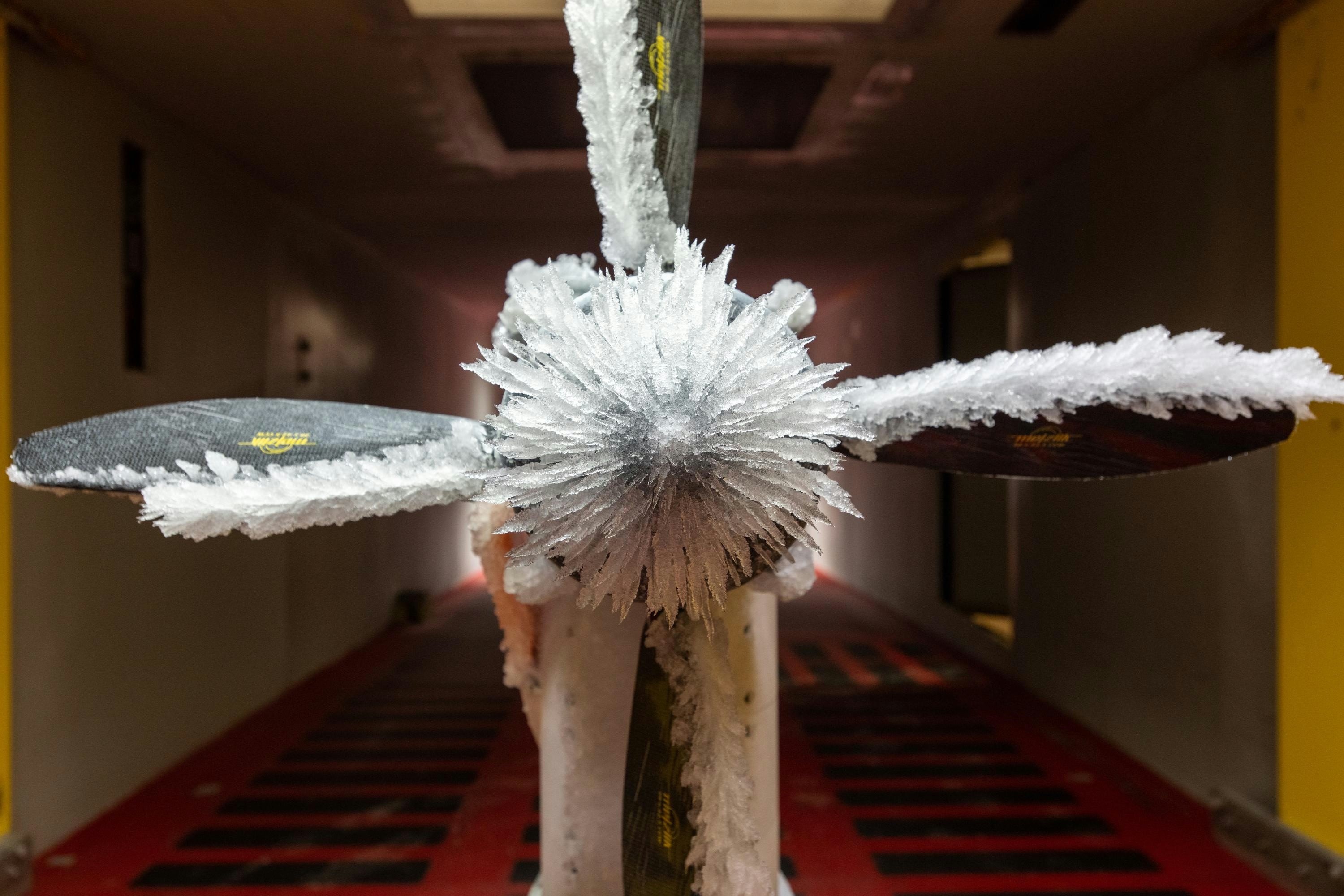
NASA Software Raises Bar for Aircraft Icing Research
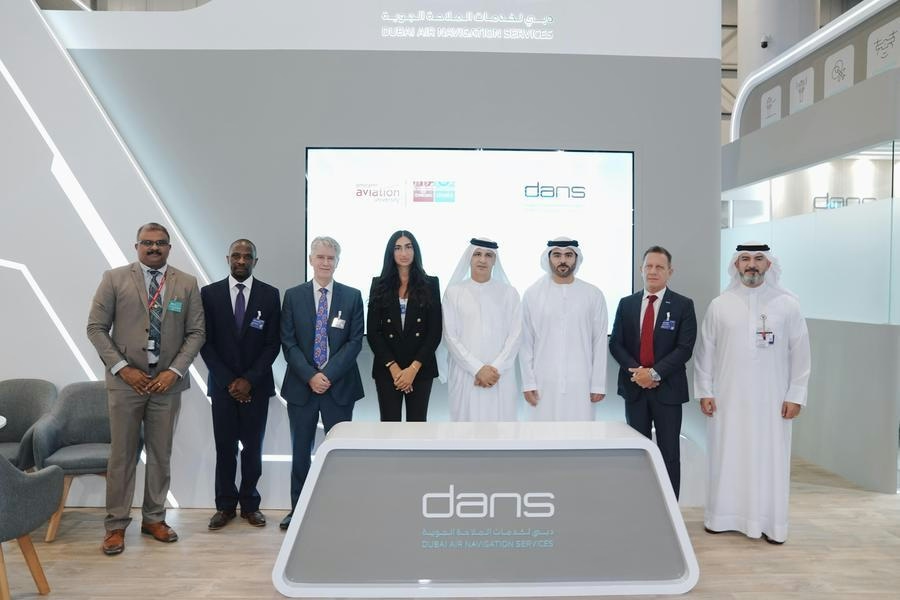
Dans and Emirates Aviation University Partner on AI Air Traffic Management Research
